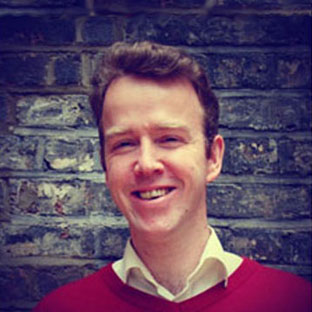The main reason social research is so difficult is that human interaction does not lend itself to law-like regularities. However, after stumbling across 'Reed's Law' (more on that in a sec) in an article about social capital, I was moved to examine wikipedia's list of eponymous laws i.e laws named after people. These laws range from the serious, like Amara's law: "We tend to overestimate the effect of a technology in the short run and underestimate the effect in the long run", to the troubling, like Wirth's law: "Software gets slower faster than hardware gets faster", to the wry, like Hofstatder's law: "It always takes longer than you expect, even when you take into account Hofstadter's Law".
The main reason social research is so difficult is that human interaction does not lend itself to law-like regularities. However, after stumbling across 'Reed's Law' (more on that in a sec) in an article about social capital, I was moved to examine wikipedia's list of eponymous laws i.e laws named after people. These laws range from the serious, like Amara's law: "We tend to overestimate the effect of a technology in the short run and underestimate the effect in the long run", to the troubling, like Wirth's law: "Software gets slower faster than hardware gets faster", to the wry, like Hofstatder's law: "It always takes longer than you expect, even when you take into account Hofstadter's Law".
In the context of social capital, a core concept of the connected communities project, Reed's law is particularly pertinent. Like many of the eponymous laws, Reed's law initially sounds like it came from ''The Department of the Bleeding Obvious', becuase it simply states that networks grow exponentially i.e. the more people there are in a network, the more scope there is for sub groups that connect with other networks. Reed's analysis amounts to saying more than that network growth is geometric(2,4,8,16,32 etc) rather than arithmetic(1,2,3,4,5 etc), because the key elements of a network are groups rather than individuals, and connecting with one group invariably means connecting with more than one group, if only because each individual member of a group typically belongs to other groups too.
The idea is a bit more subtle, but basically contends that connectivity feeds off itself, a point that becomes clearer by considering the morphology of networks. Broadcast networks are the most basic, amounting to a 'one to many' network. In this sense my network is everybody I know, and spreading the word across my network merely means broadcasting information rather than an exchange of information. Transaction networks, or one-to-one networks, are more complex, featuring an exchange of information between two people. However, the most powerful form of network is the many-to many network, also known as group forming networks or GFNs. These networks are at the heart of Reed's law, because it is the connection to another group that significantly increases your resources. This kind of bridging or linking capital is the kind of connectivity we most need.
Reed expresses his own law in the following technical language: "Let's say you have a GFN with n members. If you add up all the potential two-person groups, three-person groups, and so on that those members could form, the number of possible groups equals 2n. So the value of a GFN increases exponentially, in proportion to 2n. I call that Reed's Law. And its implications are profound."
Profond indeed, because it means that every time you aad a person to your network, you are really adding several people from several different 'packs'. A fuller exposition can be read in a Harvard Business Review article aptly called 'The Law of the Pack'.
I am not totally sure what Reed's law means for community regeneration, but I think it suggests that, at least in network terms, the more people you know, the more access you have to potentially valuable sub-groups, and that the really valuable people to know are those who have the most connections to several networks. Such assumptions are already built in to our empirical work, which is designed to guage levels of connectivity in areas like New Cross Gate, without making any judgment on how valuable particular networks are. Our contention is that GNFs, group forming networks, are one of the most important antidotes to the pending public sector squeeze because we all need to become more adept at mobilising existing resources, rather than buying new ones, or waiting for the government to bail us out. Following from Reed, our claim is that the value of such resources has until recently been underestimated.
As I think I have said before, and as Reed's law seems to confirm, it is not what you know nor who you know, but who they know that matters.

Be the first to write a comment
Comments
Please login to post a comment or reply
Don't have an account? Click here to register.